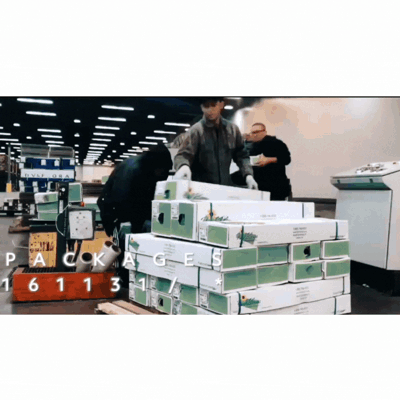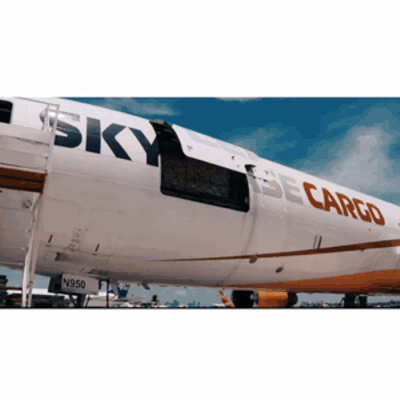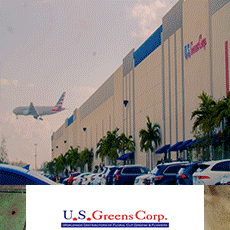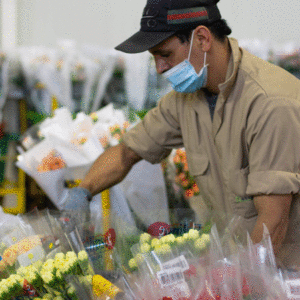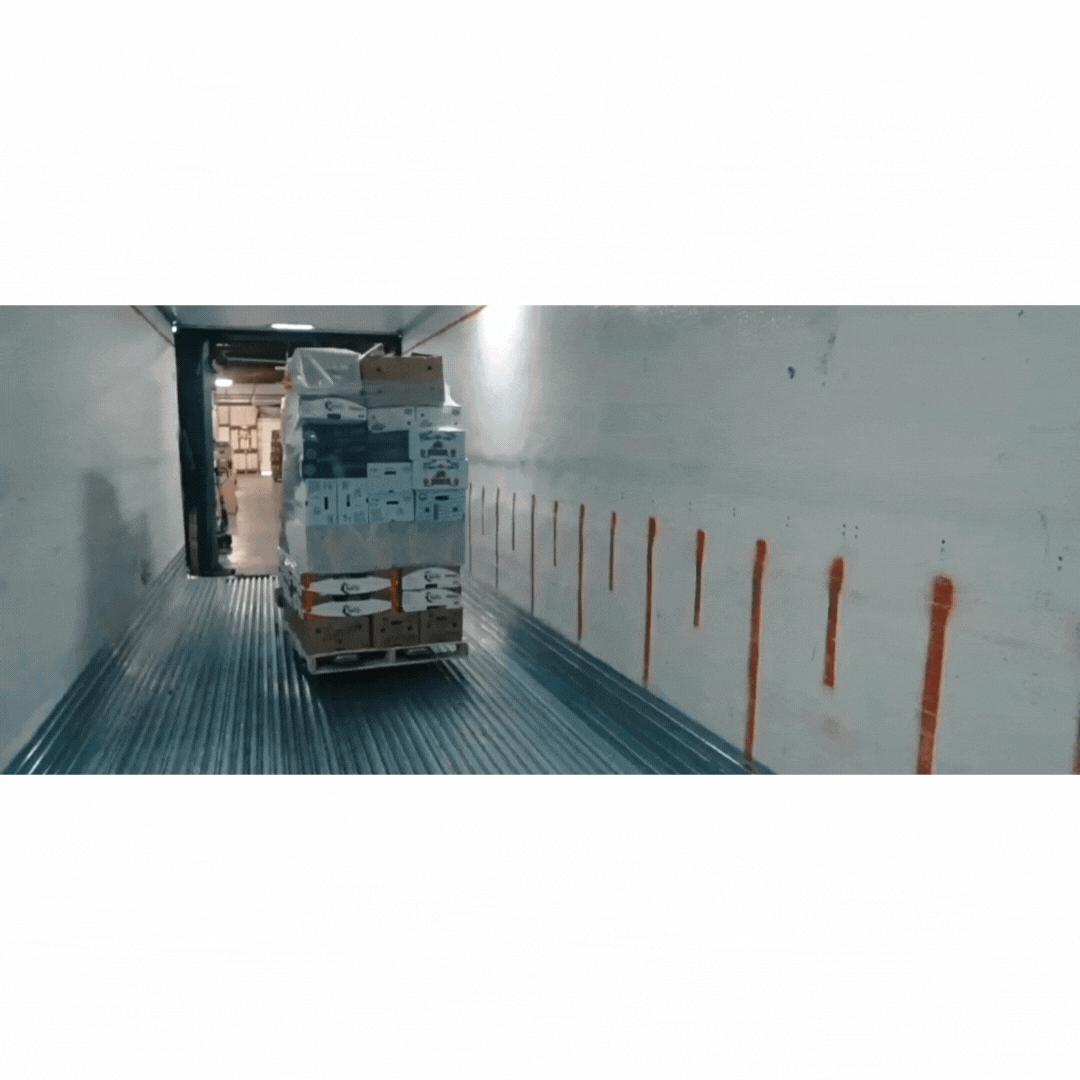Ever wonder what are the two largest commodities passing through Miami International Airport (MIA)? Tourist and flowers!
That’s right after people, flowers from South and Central America arrive in huge numbers every day. In fact, there are an average of 133 cargo flights a day in and out of MIA.
Not all of these flights are full of flowers, but many are and that is why over the last several years 90% of the flowers consumed in the US passed through MIA. That is 253,806 US tons of petals.
Long history in floral
Miami has a long history in floral dating back to the late 70’s when the exports from Colombia began. Back then there was ample freight moving from the US to South America and flowers from Bogotá were a perfect way to fill airplanes back into the US via Miami and MIA.
In those days there was not a lot of infrastructure to properly handle flowers but little by little the industry grew into a huge business and the airport has been trying to keep up with the growth ever since.
Much of the flower industry is located just outside the airport perimeter where warehouses with colorful floral names can be seen lining the commercial areas. Stop at any street corner in this area and most of the trucks around you are floral related.
Uncertainty
The major cargo air carriers of flowers are LATAM, Avianca/Tampa, Atlas Air, UPS, DHL, Sky Lease, and others on a charter basis. Many airlines join the party during Valentine’s and Mother’s Day when the volumes double/triple.
All these airlines rely on cargo to fill their planes and this is where the whole game, of having the right plane, in the right place, at the right time, to secure the best load, begins. Cargo traveling to South America is no longer filling enough planes so these days flowers, which were once the perfect backhaul, are now having to compete with other cargo from other countries. This dance to move the cargo and make money finds airlines literally, flying around the world to get the best loads.
This leaves growers and cargo agents struggling to move this very perishable product to markets around the planet. Uncertainty has pushed some cargo agents to begin using sea containers from certain markets. Containers of flowers and greens have been leaving from South and Central America on a weekly basis for years now and have been very successful. The challenge is to have enough product to fill a whole container.
Managing growth
As a correspondent of B2B magazine FloraCulture International, I was able to take a VIP tour of the MIA cargo area with my guide, Emir Pineda from the Miami Airport.
Being in the flower business all my adult life I have spent most of that time in and around MIA and the flower industry. A concern that many in the industry have is: How will MIA manage growth as more and more passengers compete with cargo for valuable airport real estate? I posed that question to Emir. “We have a cargo development plan called CORE (Cargo Optimization Redevelopment Expansion) which will take us from our current 2.3 million tons of cargo to approximately 4.3 million tons by 2030. It is estimated to cost around $1 Billion. It will be done in phases…near-term optimize (fix) current cargo facilities, mid-term redevelop/build new facilities and long-term buy land and continue development west of the airport.”
Like many major city airports MIA is in a very populated area surrounded by neighborhoods and therefore has limited growth opportunities. Emir told me that building up was one way to get more space on an existing piece of land. So, expect to see taller buildings as you fly in and out of MIA over the next 10 years.
Africa
I asked about flights from Africa. Emir states that while they have spoken often with Kenyan Airways there is little hope of getting any Kenya planes landing here anytime soon. It is no secret that Kenyan Airways is not in good financial position and expansion is not possible at this time. However, Ethiopian airlines, with one of the newest fleets in the world, is more likely see MIA as a destination before other African nations.
Many other major US airports over the years have tried to attract the flower business out of Miami with little success. Why? MIA and the floral importing community have spent many millions of dollars on infrastructure specifically for flowers and working closely with the multiple government agencies have created the perfect place to import flowers.
MIA and US Customs and Border Control Protection agencies have worked with the importing community to minimize red tape and streamline the clearance process. This has resulted in some ground-breaking programs that are the envy of some other US ports.
When flying in or out of MIA stop to enjoy a Cuban coffee and pick up some flowers.
Best Airport in North America for cargo logistics
This year, Miami International Airport was named Best Airport in North America at the 2018 Asian Freight, Logistics and Supply Chain (AFLAS) Awards ceremony in Shanghai. MIA achieved its best year ever for freight tonnage in 2017, with 2.24 million total tons – a three-percent increase over 2016. A global freight hub, MIA offers service to over 160 cities on four-continents with dedicated freighter service to 106 global destinations. MIA handles 83% of all air imports and 79% of all exports to/from the region. 2017 rankings show MIA as the leading airport in the United States for international freight (1.93 million US tons).
by William Armellini





